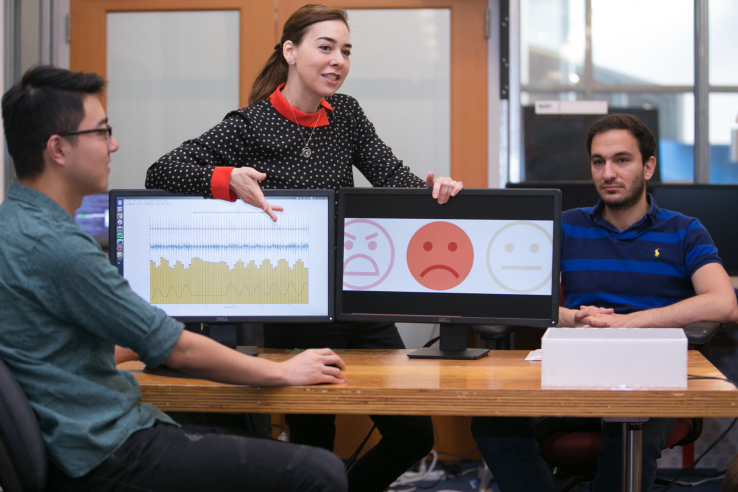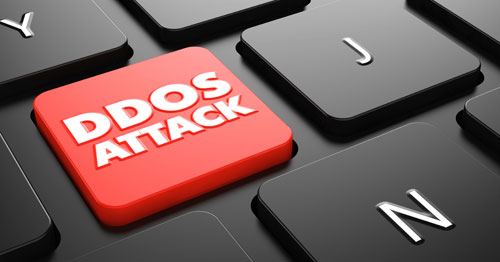PostNL is the main provider of mail and parcel services in the Netherlands. In the Netherlands, PostNL is divided in two separate branches: PostNL Mail and PostNL Parcels. The ultimate goal is to merge these two together, and form one integrated organization. However, in this Digital Transformation Project the focus lies on the reverse logistics department of PostNL Mail. We will regard the business of the whole organization and specify this to the reverse logistics department.
After gathering data on the reverse logistics department through interviews, a problem became clear. The department uses lots of different systems which are all manually connected, this results in a lot of lost time for processing allocations, orders and other information. Also, a big problem of this department is that it is not able to correctly forecast the need of logistic assets of all parties because they do know where containers are in the network. As a consequence, every morning, planners need to solve the problem of surpluses and shortages at PostNL Mail locations, resulting in extra shipments, cancellation of shipments or cutting in the distributed amount of logistic assets.
To solve the problem of the separate systems the department uses and to keep track of the location of containers, we suggest to switch to Platform as Service integrated with an asset Inventory Management System with connections to the CRM system and all other departments that play a part in processing orders and allocation logistic assets. Information about the containers is collected through the use of a GPS system to provide the necessary information. We analyzed the effect of the new technology on objectives of the department and the result is positive: the new technology has a positive effect on the critical success factors. Also, the new technology fits with the current business model.
As PostNL finds itself in a competitive market, our advice is to continue the modernization and integration of the departments within the organization, as this is beneficial to the efficiency on multiple levels. Second, we advise the organization to focus more on the management of the logistic assets. Lastly, we propose that PostNL focuses more on data-based decision making.



